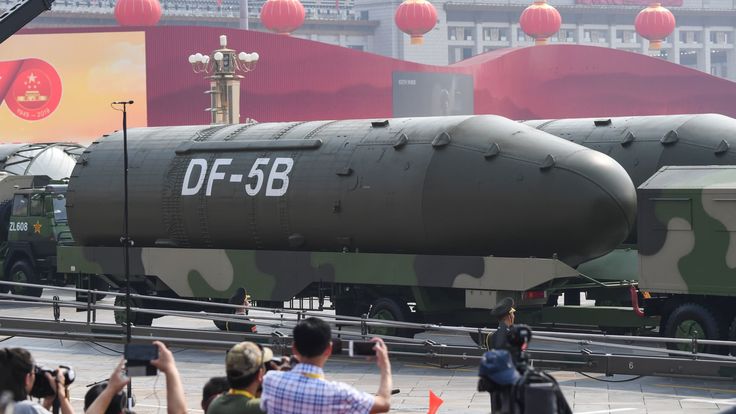
Tensions in the Asia-Pacific region have reached a boiling point as China issued a grave warning to the United States and its regional allies. According to high-level sources and statements echoed in Chinese state media, Beijing has signaled that it will not hesitate to launch strikes against all U.S. military bases located in Japan, South Korea, the Philippines, and Australia should they be used in any form of military operation against China during what it calls the “reunification of Taiwan.”
The warning comes amid growing speculation that a military conflict over Taiwan may be drawing closer. For years, China has maintained that Taiwan is an inseparable part of its territory and has vowed to reunify the island with the mainland — by force if necessary. Recent joint military exercises by U.S. forces and allies in the region, coupled with increased arms sales and visits by American lawmakers to Taipei, have intensified Chinese concerns.
According to analysts, China’s message is both a deterrent and a declaration of its strategic red lines. By threatening strikes on U.S. bases in neighboring countries, China is making it clear that any intervention in a Taiwan conflict will not remain limited to the Taiwan Strait. Instead, it could escalate into a wider regional war, dragging in countries that host American forces.
The implications are deeply concerning. Japan, South Korea, and the Philippines are all key treaty allies of the United States, and Australia is one of Washington’s most reliable strategic partners in the Indo-Pacific. Any Chinese attack on U.S. assets in these countries could trigger mutual defense clauses and result in direct confrontation between China and multiple nations — potentially spiraling into a global conflict.
U.S. officials have responded cautiously to the threat, reaffirming their commitment to peace and stability in the Taiwan Strait while urging Beijing to avoid provocative rhetoric and actions. Privately, however, Pentagon planners are believed to be updating contingency plans and enhancing missile defense systems in bases across the region, anticipating the possibility of rapid escalation.
In the Philippines, the recent expansion of the Enhanced Defense Cooperation Agreement (EDCA), which grants the U.S. access to key strategic locations, has already drawn criticism from Beijing. In Japan, the presence of over 50,000 American troops — the largest U.S. deployment abroad — underscores the strategic importance of the archipelago, making it a likely first target should China’s warnings turn into action.
South Korea, while more focused on threats from North Korea, also hosts nearly 30,000 American troops and advanced missile defense systems, which China has long viewed with suspicion. Australia’s increasing defense ties with the U.S., especially through the AUKUS alliance, have further solidified its position in China’s strategic calculations.
Meanwhile, Taiwan remains at the center of the storm. The island’s government has repeatedly asserted its independence, rejecting Beijing’s claims of sovereignty. While it has welcomed U.S. support, it also understands the delicate balance required to avoid triggering a full-scale war.
As the rhetoric escalates, the world watches closely. The next steps taken by Washington, Beijing, and their allies will determine whether the region moves toward diplomacy and de-escalation — or toward a devastating conflict with far-reaching consequences.




